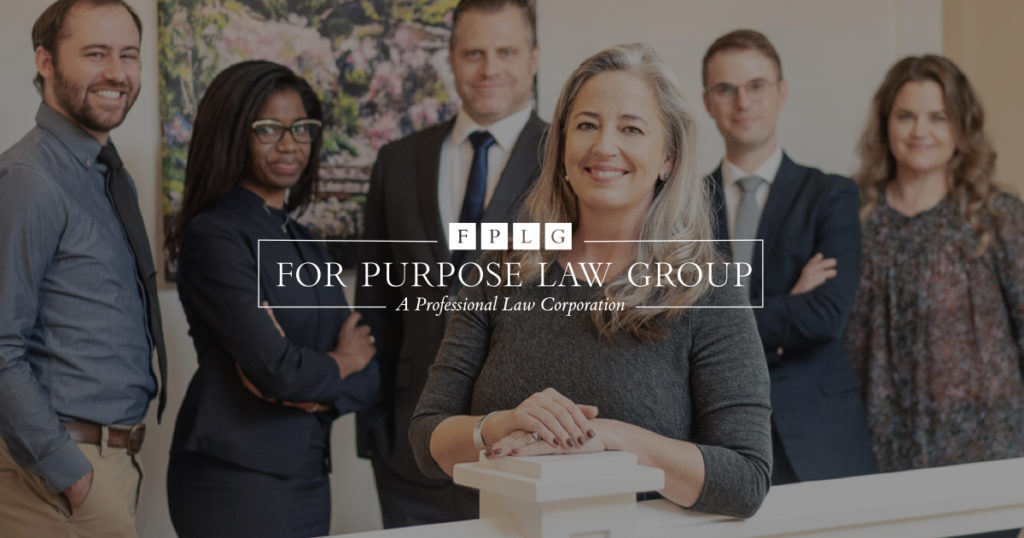
Major Overhaul of Federal Grantmaking Practices
04.24.2024 | Linda J. Rosenthal, JD

That’s what the Exempt Organizations Division tells its people who are tasked with approving (or denying) section 501(c)(3) tax exemption applications.
It’s also why our last blog post was titled “How to Torpedo Your Tax Exemption: The Fifth Way” instead of “How to Torpedo Your Tax Exemption: The Fifth (Private Benefit) and Sixth (No Inurement) Ways.”
Although they are distinct rules – and each can stand alone as a reason for denying or revoking a 501(c)(3) tax exemption – some of our posts, like this one, will cover them together. All too often, an organization violates both rules with the same (prohibited) practices and activities.
And whether or not they occur together, commentators often mix up the terminology and glop them together anyway.
Violating Both Prohibitions: The Case of the Gallery Guys
Here’s an example right out of the Treasury Regulations on section 501(c)(3) of the Internal Revenue Code.
A group of art enthusiasts got together to create a museum to display works of art to the general public. They formed a nonprofit corporation, applied for and received tax-exempt status under section 501(c)(3), and spent the first two years raising funds, and selecting, acquiring, and outfitting a suitable facility.
By the third year, new directors were elected. These new folks, though, had a special motivation for serving on the board of trustees. Each was a local art dealer.
The trustees authorized the organization to use most of its revenue to buy artwork from their own galleries – at higher than fair market value. The art was, indeed, on display for the general public to enjoy, but it was also available for sale to these patrons.
If the organization had proposed this type of operation on its application for tax exemption, it would never have made it through the initial IRS screening. But it has morphed significantly from the original plans. As it currently operates, it is just like any commercial art gallery. It’s no longer organized and operated exclusively (or primarily) for “exempt purpose”: running a public museum. Its activities are substantially for the private benefit of the trustees in their individual capacities as art dealers. And, since the organization bought the artwork at inflated prices from the trustees, the net earnings improperly “inured” to the benefit of these insiders.
So, here, there is both substantial private benefit along with inurement of net earnings away from the organization and into the pockets of the trustees. Both are prohibited; each is prohibited.
The transactions – each purchase of artwork from a trustee at the inflated price – is also an “excess benefit transaction” that would subject the organization and the individual trustees to penalties and would be independent, additional grounds to revoke the tax exemption.
Distinctions Between Private Benefit and Inurement
The Private Benefit Rule and the No Inurement Rule can – and often do – coexist, although they are not identical.
The No Inurement Rule involves the diversion of funds from the organization to one or more “insiders.” And it applies even when the diversion is small, or a one-time matter. There is no de minimus exception.
The Private Benefit Rule “does not necessarily involve the flow of funds from an exempt organization to a private party.” The benefit can be intangible and not monetary at all. Also, private benefit – if it is substantial enough – can trigger denial or revocation if it’s aimed at any group of designated people, not just insiders.
“Of course, in most cases, private benefit occurs with respect to entities or person that have some relationship with the persons controlling the exempt organization. “
Excess Benefit Transaction Penalties
Almost 20 years ago, Congress added an extra weapon in the arsenal against dodgy practices by wayward 501(c)(3) organizations and insiders. Internal Revenue Code section 4958 adds intermediate sanctions for “excess benefit transactions.” The penalties may be imposed by the IRS either in addition to revoking an organization’s tax-exempt status, or instead of it, when the excess benefit “does not rise to a level where it calls into question whether, on the whole, the organization functions as a charitable . . . organization.”
In the Gallery Guys example, the excessive purchase/sale price of artwork by and from the trustees would trigger serious penalties under section 4958 in addition to triggering grounds of revocation of the tax exemption.
